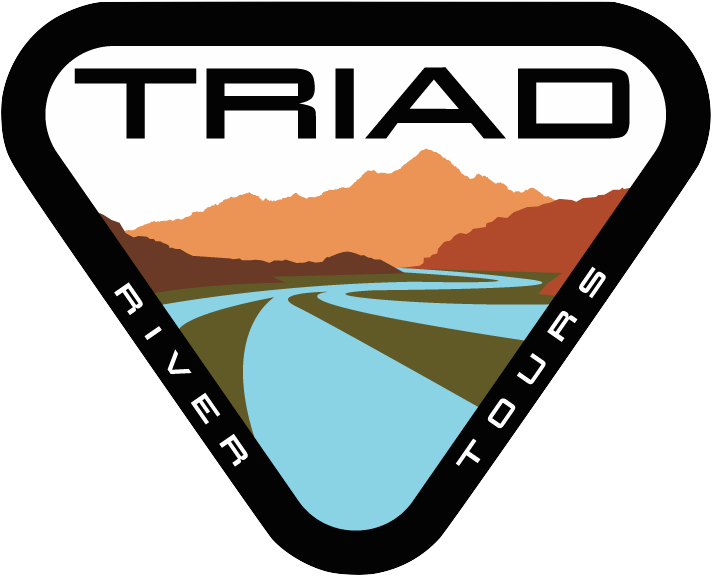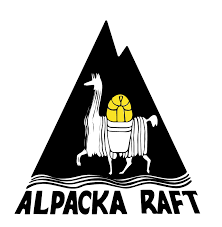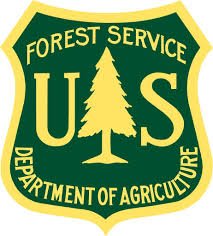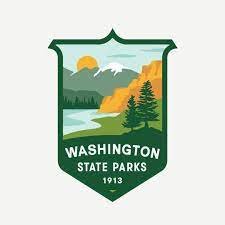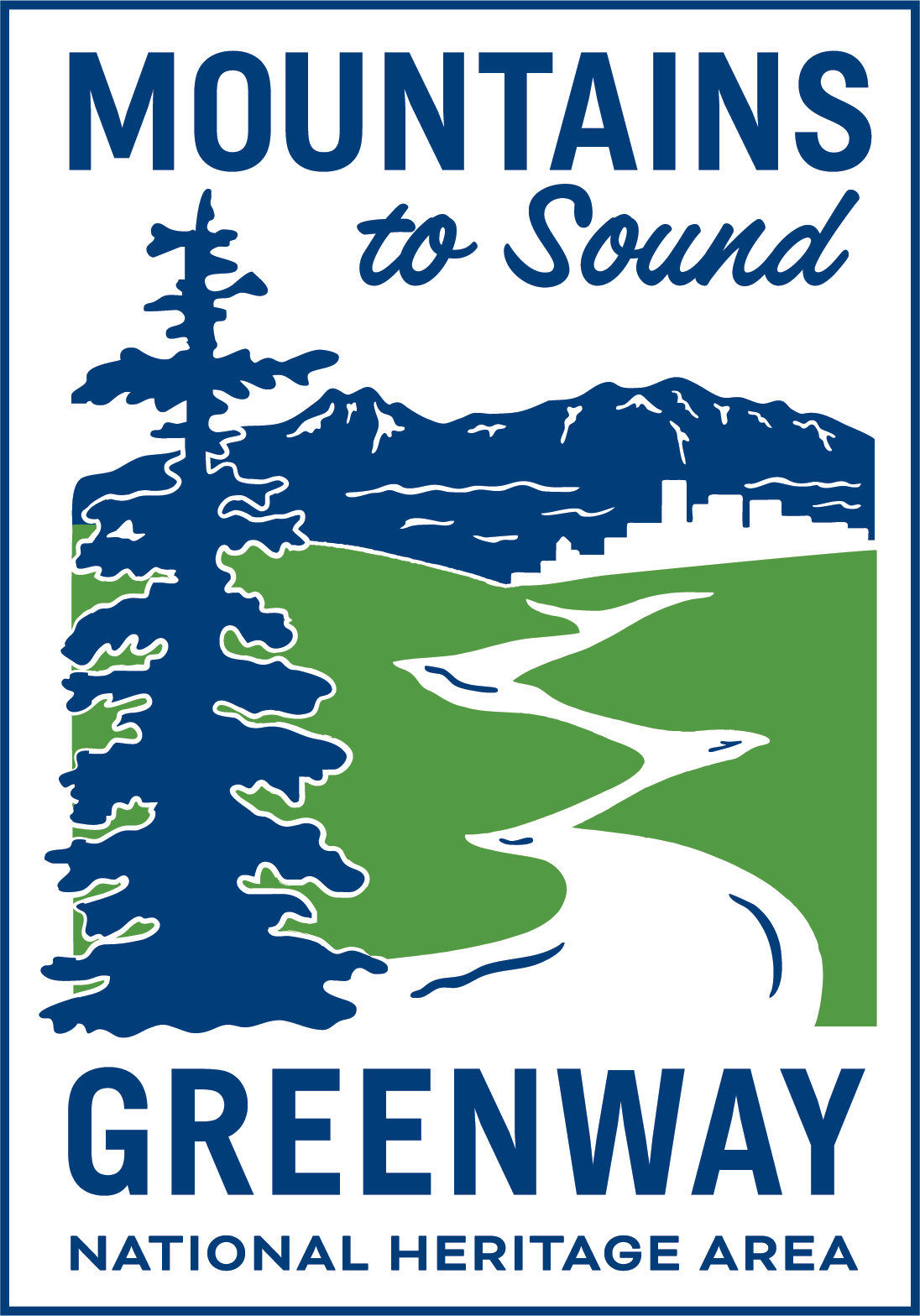The legend of Sasquatch has become an integral part of the Pacific Northwest mythos, as ubiquitous as rain and coffee. Despite hundreds of tracks and dozens of sightings recorded in the moss-hung forests of the Cascade Mountains, this local legend remains elusive; no definitive proof of Sasquatch’s existence has ever been found, though multiple dedicated research groups and dozens of recreational searchers still hold out hope. With the right preparation, Sasquatch chasing can be a fun Pacific Northwest adventure that’s entertaining for the whole family.
Despite hundreds of tracks and dozens of sightings recorded in the moss-hung forests of the Cascade Mountains, this local legend remains elusive.
The name Sasquatch is derived from the Salish “se’sxac,” or “wild men.” Long before European settlers stepped onto Washington’s cliff-hung shores, the Native American tribes in this region told legends of an ape-man roaming the forest. In the eighteenth century, stories of Sasquatch sightings began circling among the European immigrants as well. Sasquatch is generally believed to be a primate that walks erect on two feet, ranging from 6- to 15-feet tall and completely covered in dark brown or reddish hair. Sasquatch footprints up to 24 inches in length and 8 inches in width have been found in northwest forests. Sasquatches generally move silently. They’re also often described as foul smelling—so be sure to take note of any strange scents during your adventure in the Pacific Northwest.
If you’re thinking of joining the many hikers and research enthusiasts spending a weekend in the woods in pursuit of this legendary cryptid, take note of these quick tips:
· Do your homework. Check into sightings and encounters reported in the area you’re visiting. This will help give you a better idea of both where to look and what to look for.
· Learn which tracks and signs indicate a Sasquatch in the area. Check out a local or national research group, like the ones linked to below, for more details.
· Bring equipment to document your finds. Add a camera to your bag if you’re just out for a quick search. The more dedicated lug audio and video equipment with them into the mountains.
· Put together a team. Even just one other person helps you cover a lot more ground in your search.
· Always tell someone where you’re going and when. Safety is just as important in a Sasquatch search as any other backcountry trip.
· Respect wilderness and property regulations. Leave No Trace, wilderness area laws and trespassing laws don’t stop for Sasquatch.
· Fall is the best time to look for Sasquatch. Sasquatches are believed to be more active when the annual salmon runs come back to northwest rivers.
· Do no harm. It’s illegal to harm or kill a Sasquatch in two Washington counties, and frowned upon in the rest.
· Have fun! Don’t get so deep in your research that you aren’t having fun in the woods. Bring a friend, bring your camera, and join the search for Sasquatch!
Read more:
It's Time to Enjoy This Summer: 3 Great Outdoor Activities to Try
Five Things You’ll Find on a PNW Whitewater Rafting Trip
